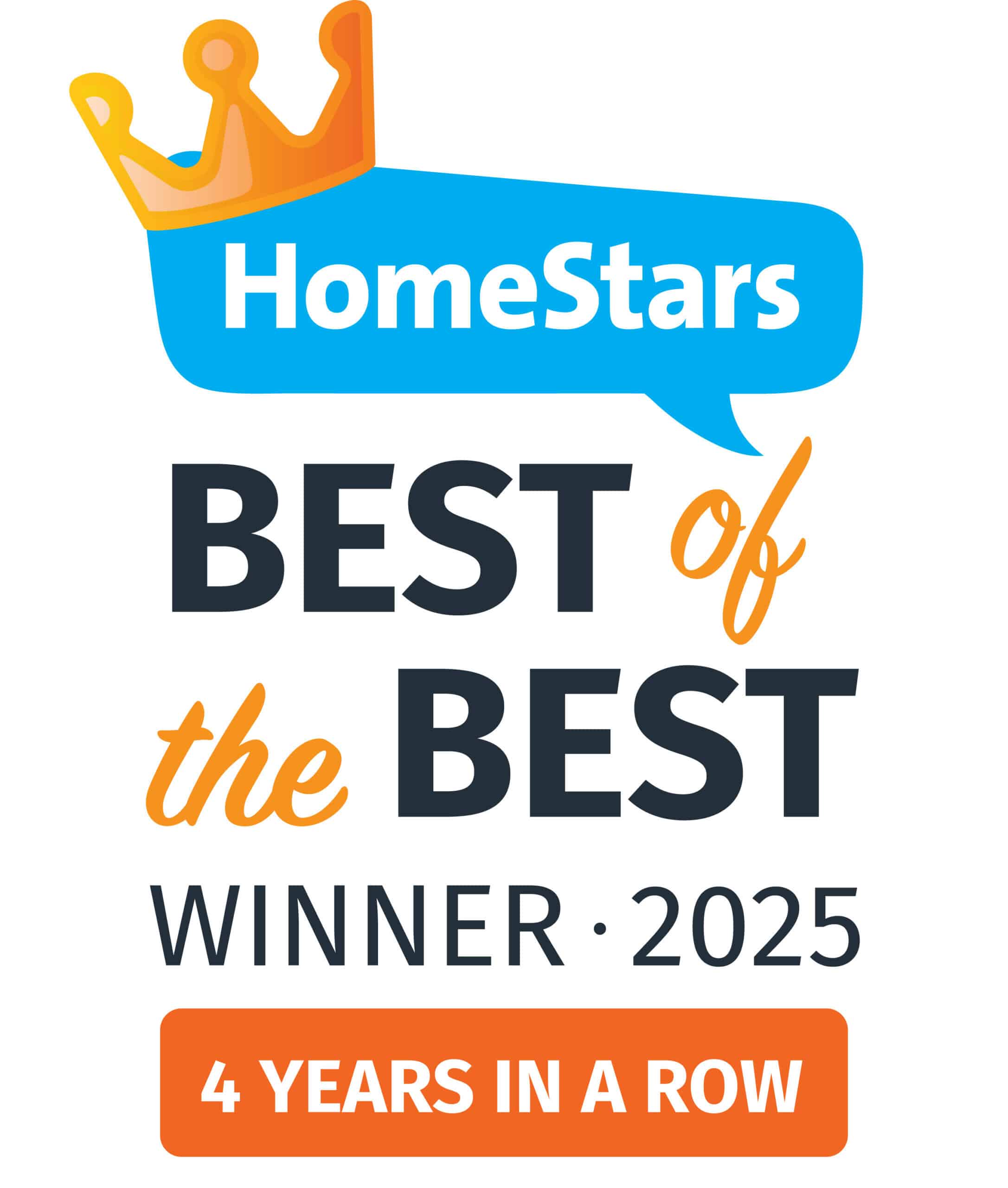You have reached Jen Llewellyn for the 20th edition of the 2010 OMAFRA Nursery and Landscape Report, updated on Friday, September 10th.
If you or someone you know would like to receive the report FREE online every week, please subscribe online at: http://apps.omafra.gov.on.ca/scripts/english/crops/agriphone/addremove.asp
The Annual L.O. Nursery Growers Summer Tour is on Tuesday, September 14. We will be visiting nurseries, research centres and gardens. The cost is $65.00 and includes lunch, dinner and refreshments. To register, contact Kathleen at L.O. (1-800-265-5656 ext. 309). Or online at:http://www.landscapeontario.com/attach/1281623064.Registration_Form_-_Summer_Tour_2010.doc
The Vineland Research and Innovation Centre is hosting a Tree Production workshop on Thursday, September 16. Check it out: www.vinelandresearch.com
The 32nd annual Canadian Greenhouse Conference is coming to the International Centre (near Pearson / Toronto airport) October 6 and 7th. The program includes pre-conference tours, sessions related to the production of greenhouse ornamentals and vegetables and there is also a trade show. For more information please check out their web site at http://www.canadiangreenhouseconference.com/.
Environment Canada is calling for sun and cloud for Friday and Saturday with a good chance of rain starting Saturday night/Sunday morning. Daytime highs will be around 17-20oC today and a little warmer on Saturday and Sunday. Night time lows will be around 7-10oC tonight and Saturday night. Winds will be gusting out of the NE at 15-20 km/hr today and gradually shifting to the SE on Saturday.
Growing Degree Days are to the end of Thursday, September 9 (GDD 10oC / GDD 50oF). These numbers are only a guide for monitoring purposes. The temperatures at your production facility can vary significantly from the nearest weather station. Check out: https://climate.weather.gc.ca/?url=http%3A%2F%2Fclimate.weather.gc.ca
| Peterborough: 1152 / 2073 | Hamilton RBG: 1358 / 2444 | |
| Vineland Stn: 1306 / 2351 | London CS: 1311 / 2360 | Windsor: 1623 / 2921 |
Weed ID Online: http://www.weedinfo.ca/home.php
Up to half of the annual fertilizer requirement may be applied to field and landscape plants, after top growth ceases (mid-September to mid-October). Autumn is a major root growth period for woody and herbaceous perennials. Roots will grow and absorb nutrients whenever soil temperatures remain above 5¡ãC (conifers will grow at even lower temperatures). Environmental cues like temperature, day length and light intensity will stimulate plants to prepare for dormancy – late season root growth and storage is part of that process. It is not advisable to apply fertilizer in late fall or winter¡ªabsorption will be limited due to cold soil temperatures and fertilizer can be lost through runoff.
PLEASE NOTE: Pesticide Recommendations are meant for Exception Uses (e.g. agriculture) under the Cosmetic Pesticide Ban unless the active ingredient is listed under Class 11 pesticides in Ontario Regulation 63/09, effective April 22, 2009. There is exception from the ban for the use of pesticides to maintain the health of TREES, if certain conditions are met. For more info, you can go to the Ministry of the Environment¡¯s website at http://www.ontario.ca/pesticides
Rodent bait for vole control in the nursery and landscape should be placed out by now (especially where container plants are pot tight). With all the seeds and fruit available this time of year, rodents are breeding heavily and build up their numbers. By putting out bait in September, you can prevent populations from getting out of control. Place bait stations in areas known to be infested such as grassy fence rows, weedy patches and walkways between containers and polyhouse frames. Try to have about 10 bait stations per acre of production area. Remember torotate zinc phosphide baits with other baits (e.g. bromidialone, brodifacaum, defethalone) since the voles will become bait shy with repeated use of zinc phosphide. Where large areas of field production exist, broadcast application of baits may give some control where tunnels and past damage are evident.
VARIOUS ORNAMENTALS:
Monitor for common leaf diseases such as leaf spot, anthracnose and powdery mildew on herbaceous perennials and deciduous shrubs (Rosa, Prunus, Cornus) and deciduous trees. These leaf diseases are more prevalent under late-day irrigation since foliage does not dry off before the evening, prolonging the leaf wetness period and encouraging disease sporulation and infection. Fungicide applications are not likely going to reduce leaf spots, blights or anthracnose on broadleaf deciduous plants this late in the season.
Keep on the lookout for late-season aphid infestations in outdoor grown herbaceous and woody ornamentals. Late-season injury is usually not as devastating to plant health as injury that occurs in the spring. Where populations are causing economic injury, several insecticides are registered to control aphids in the nursery. Try repeated applications of insecticidal soap to reduce aphid populations in the landscape.
Check for tiny, white, legless larvae of black vine weevil and strawberry root weevil feeding on roots of plants such as Picea, Rhododendron, Taxus, Thuja and Euonymus in field and container (woody and herbaceous perennials) production nurseries and the landscape. Applications of beneficial nematodes (e.g. Heterohabditis bacteriophora) should be applied now, while soil temperatures are still warm enough. Nematodes are much more effective in containers where soil moisture can be maintained.
Bagworm has been reported widely in the neighbouring United States. This is a moth whose caterpillar stage feeds on foliage from inside a protective ¡°case¡± that looks like it was made out of tiny bits of wood. Look for feeding damage on cedar, spruce, and several different deciduous hosts including honeylocust and crabapple. Foliage will turn brown and become quite sparse. The larval stage is finished feeding in most areas. At the end of the season, ¡°bags¡± can be found on branch tips and resemble small conifer cones. The bags can be picked off and destroyed in the fall to prevent the next generation from hatching next spring. Please give me a call if you are seeing this pest.
DECIDUOUS WOODY AND HERBACEOUS PERENNIALS:
Early leaf drop and fall colour is visible on trees and shrubs in the landscape. This is especially true of woody plants on roadsides, high sandy knolls or compacted sites. Some areas of the province have received very little precipitation during the many heat waves this summer. Some plants are going into senescence early as a stress response. It happens every year.
Monitor for downy mildew on herbaceous perennials and deciduous shrubs (Rosa, Prunus, Cornus). Downy mildew has become active again with the wet weather in the last couple of weeks. Leaf diseases are more prevalent under late-day irrigating since the foliage does not get a chance to dry before night-time. Keep disease-prone ornamentals on a strict, early-mid morning watering schedule to reduce leaf wetness periods. Acrobat fungicide was recently registered to help combat downy mildew on ornamentals. It¡¯s getting a bit late to be using fungicides on deciduous plants.
Pear trellis rust (Gymnosporangium fuscum) is evident on pear trees this year in the landscape. Look for bright orange-red lesions on the tops of pear leaves. It is too late to do anything about this disease, leaves were infected during warm, wet conditions in May (from infected Juniperus sabinae, the overwintering host).
Viburnum leaf beetle adults have laid their eggs on the twigs of Viburnum. Look for holes and skeletonised foliage on Viburnum. Turn the new twigs upside down and you will see rows of brown, bumpy caps on the underside of the green twig. Pick off the bumpy caps and you¡¯ll see the tiny yellow eggs tucked down inside the twig. By pruning out infested twigs, you can reduce the population of hatching larvae next spring.
Birch Catkin bug has been quite prolific on several birch trees in southern Ontario landscapes in the last few years. This plant bug is tiny (about 4 mm long) with an ¡°X¡± on their membraneous wings (you¡¯ll need a hand lens to see the x). They can be found in large groups, feeding on the catkins (and the seeds inside) of birch trees. They are just a nuisance and do not cause any harm to the tree. http://www.extension.umn.edu/distribution/housingandclothing/M1181.html
Take a close look at the foliage of Norway, silver and red maples for large, black spots. This is tar spot on maple, named after the large, circular black lesions formed by the fruiting structures. Fungicides are ineffective at this time of year. The lesions show up so late in the season that they have little effect on tree health, but may be a symptom that the tree is under stress.
Magnolia scale is rampant this year and there have been several calls of very high populations in the landscape. Right now, you can still see the dead adult female magnolia scales: large, pinkish-orange scales. Crawlers are settling on permanent feeding sites on the undersides of twigs and developing into dark, nymphs. Insecticide applications should be completed by now. You may want to try an application of dormant oil in mid October, to smother the overwintering nymphs.
Beech Scale crawlers may still be active (from early August to mid-September). Adult females are covered in a white, wooly mass when mature and so they are easy to monitor this time of year. Beech scale can be found on the bark of large beech trees (¡Ý 40cm DBH), mostly on the trunk and on the major limbs. Although the scale insect does not kill the tree, beech scale seems to predispose the tree to other problems and create wound sites that facilitate the entry of beech bark disease (Nectria coccinea var. faginata). Beech bark disease is a devastating fungal disease that has caused the death of several native and introduced beech trees in Ontario. Fall (October) and spring dormant applications of horticultural oil may also reduce overwintering beech scale nymphs.
Fall webworm nests are quite noticeable on tree branches. They can be seen on Betula (birch), Fraxinus (ash) and Juglans (esp. black walnut), Prunus (cherry) and Malus (apple, crabapple) etc. Look for webbed tents on the ends of branches with fuzzy, cr¨¨me-coloured caterpillars inside. The tents can be easily pruned out and destroyed (e.g. squished). Pruning out tents should be completed soon as the larval feeding period is coming to an end. Damage from the fall webworm is usually insignificant to tree health, late in the season.
Emerald ash borer larvae are feeding inside the cambium of ash trees at this time. The application period for TreeAzin (azadirachtin, neem) finished August 31st.
There have been new finds of Emerald Ash Borer in Ontario. The latest information can be found at: http://www.inspection.gc.ca/english/plaveg/pestrava/agrpla/agrplae.shtml
EVERGREENS & CONIFERS:
For those of you growing Scots and Austrian pine, Lophodermium needlecast could be sporulating in your production area. Look for brown, fallen needles with tiny, black football-shaped fruiting bodies running the length of the needle. Where more than 10% of the trees are infested, Michigan State University recommends fungicide applications during warm, humid weather in August and September. Registered fungicides to help protect healthy tissue include Copper spray, Daconil, Dithane and Manzate.
Cedar leaf miner larval populations were very damaging this spring. The newest generation of larvae are feeding inside the tips of foliage. Applications of systemic insecticides and pruning infested tips should be targeted for early-mid August to catch the next generation of young larvae.
Monitor for nymphs and adults of spruce spider mite on conifers with a history of mite damage. Some of the eggs might have hatched in the cool, wet weather we¡¯ve been having. Spruce spider mites are very active in the fall and do a lot of damage at this time. SSM nymphs are tan coloured with dark backs, and move at a moderate pace. Adults have darker black backs. Miticides registered for this pest include Kanemite, Floramite and Vendex.
– See more at: https://lawnsavers.com/nursery-and-landscape-report-2010/nursery-and-landscape-report-for-september-10-2010.html#sthash.ensP9Awh.dpuf






